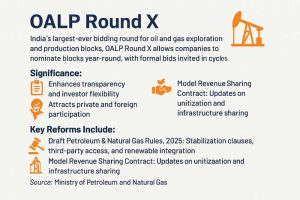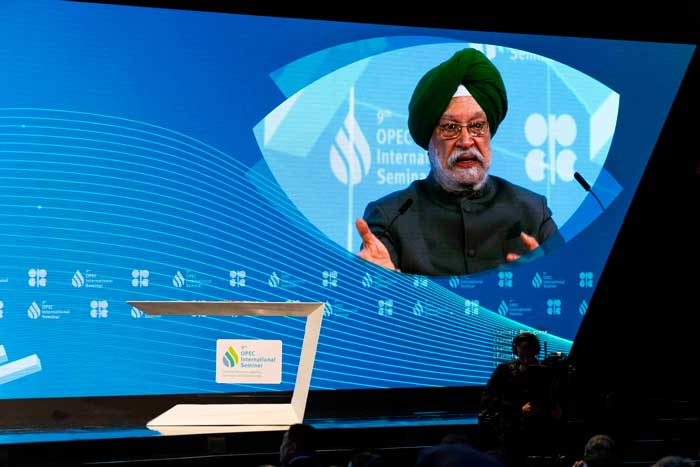It is a great time for our industry leaders and entrepreneurs to look at oil and gas exploration in India. It has never been easier, faster and more profitable to do exploration in India,” Union Minister Hardeep Singh Puri posted on the microblogging platform X, while inviting feedback on a series of proposed reforms to boost exploration and production activity.
The Ministry of Petroleum and Natural Gas has sought stakeholder feedback on a series of proposed reforms aimed at boosting exploration and production (E&P) activity in India’s upstream sector.
In a tweet posted on Tuesday, Hardeep Singh Puri, Union Minister for Petroleum & Natural Gas, invited suggestions on the Draft Petroleum & Natural Gas Rules, the Model Revenue Sharing Contract (MRSC), and the revised Petroleum Lease. Feedback may be submitted by July 17 to png-rules@dghindia.gov.in.
The ministry, led by Puri, will deliberate on the recommendations at Urja Varta 2025—the national energy forum—scheduled to be held at Bharat Mandapam in New Delhi on the same day.
These reforms are part of a broader effort to improve the ease of doing business for E&P operators. Developed through extensive stakeholder consultation, the revisions aim to modernise India’s regulatory framework and attract greater investment into the sector.

“The Oilfields (Regulation and Development) Act, 1948 was amended in March 2025 and new PNG rules have come within 3 months in the run up to OALP Round X which is the largest such exploration & production bidding round globally,” noted Puri.
Puri also made a strong pitch to prospective investors in the E&P segment.
“It is a great time for our industry leaders and entrepreneurs to look at Oil & Gas exploration in India. It has never been easier, faster and more profitable to do exploration in India!”
As the world’s third-largest energy consumer, India is seeking to significantly expand oil and natural gas exploration to meet rising demand driven by industrialisation and growing household consumption.
Structural Overhaul
The Draft Petroleum & Natural Gas Rules, 2025, propose a comprehensive overhaul of India’s upstream regulatory framework. A key feature is the introduction of an investor-friendly stabilisation clause, offering protection against adverse fiscal or legal changes, such as increases in taxes, royalties, or levies, through compensation or deductions.
To reduce infrastructure duplication and support smaller players, lessees will be required to declare underutilised capacity in pipelines and related assets, and provide third-party access on fair terms, subject to government oversight.
For the first time, operators will be permitted to undertake integrated renewable and low-carbon energy projects—including solar, wind, hydrogen, and geothermal—within oilfield blocks, provided safety standards are met and petroleum production is not disrupted.
Environmental safeguards are a central focus. The draft mandates greenhouse gas emissions monitoring, introduces a regulatory framework for carbon capture and storage (CCS), and requires site restoration funds with post-closure monitoring for at least five years.
In terms of data governance, all operational data and physical samples will remain the property of the central government. While lessees may use this data internally, external use or export will require prior approval, with confidentiality protections lasting up to seven years.
The rules also propose a dedicated Adjudicating Authority to enforce compliance, resolve disputes, and impose penalties. Additional provisions clarify lease mergers, extensions, and the unitisation of reservoirs spanning multiple blocks.
These reforms are set to replace the outdated Petroleum Concession Rules, 1949, and the Petroleum and Natural Gas Rules, 1959. They follow the recent amendment of the Oilfields (Regulation and Development) Act, 1948, and are strategically timed ahead of OALP Round X, India’s largest-ever exploration and production bidding round.
Complementing the draft rules are a revised MRSC and Petroleum Lease format, which offer greater clarity on unitisation, infrastructure sharing, and lease relinquishment.


